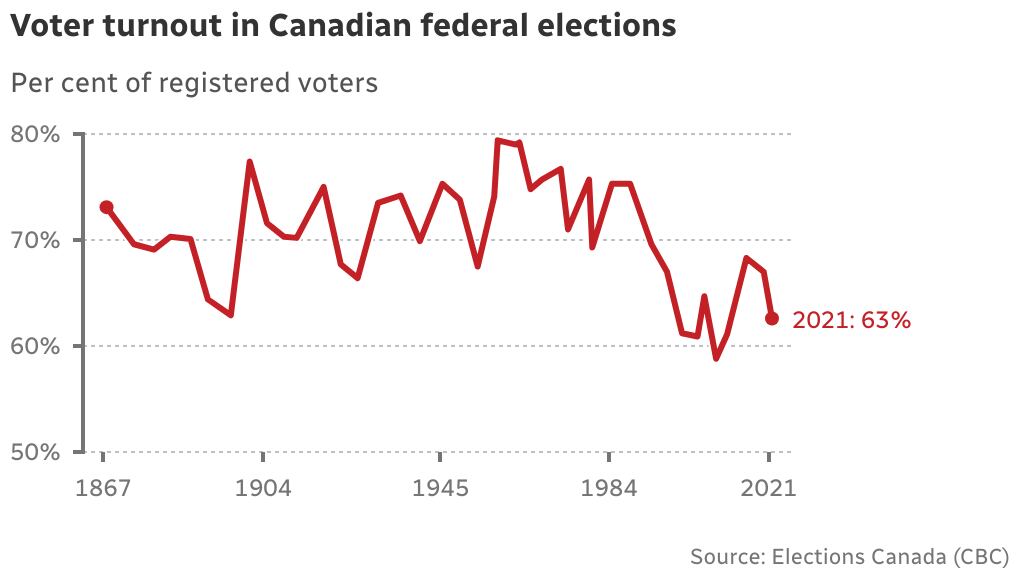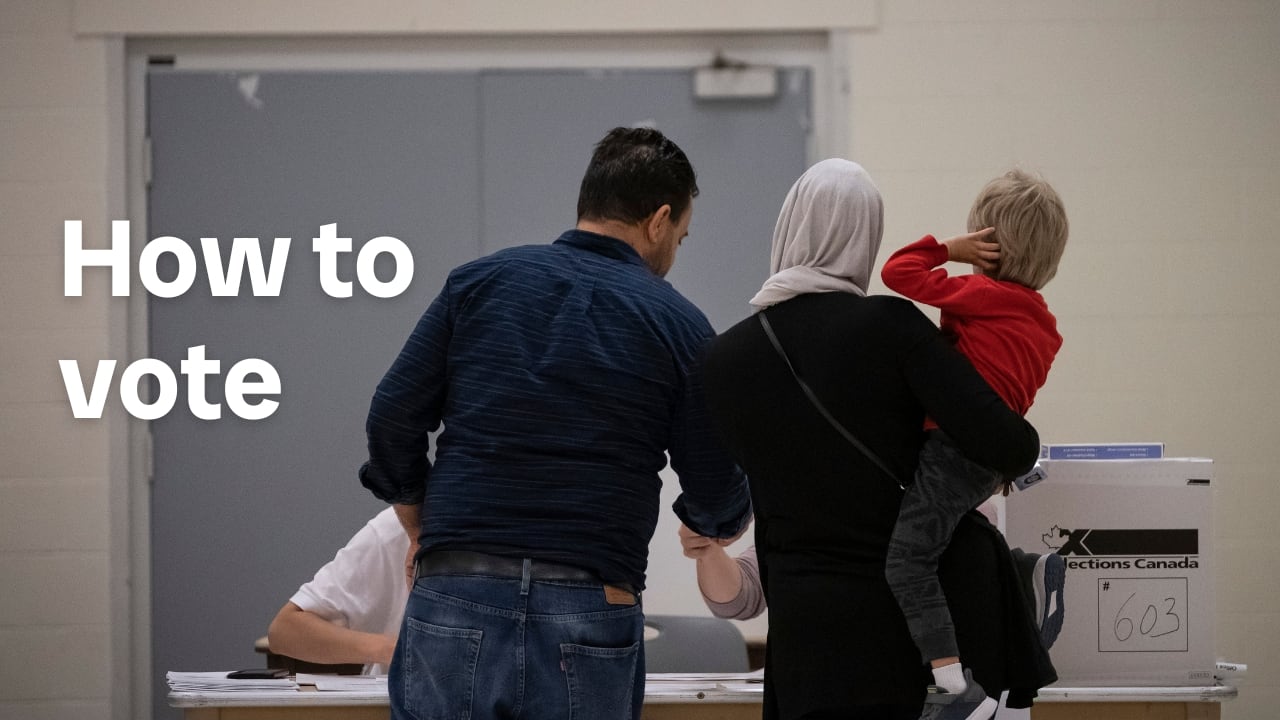Canada election: Voters across the country casting ballots to elect 45th Parliament


- Millions of Canadians are at the polls today, choosing the nation's next leader at a time of diplomatic and economic turmoil — especially with the United States.
- Voting places close first in Newfoundland and Labrador, then across the Atlantic region.
- All of the major party leaders have cast their own ballots.
- CBC News is live with special coverage.
- Darren Major
Chief Electoral Officer Stéphane Perrault responds to a question during a news conference on March 24, 2025 in Ottawa. (Adrian Wyld/The Canadian Press) While Carney can’t vote for himself, there’s only one Canadian adult legally barred from voting: Stéphane Perrault, Canada’s chief electoral officer and the head of Elections Canada.
Elections Canada has to remain non-partisan and impartial. That goes double for the chief electoral officer and that’s why Perrault is the only Canadian citizen over the age of 18 who can’t cast a ballot.
- Darren Major
Mark Carney and Diana Fox Carney vote at a polling station near Rideau Cottage, in Ottawa, on April 28, 2025 — election day in Canada’s 45th general election. (Evan Mitsui/CBC) The main party leaders have all cast their ballots. Liberal Leader Mark Carney, Conservative Leader Pierre Poilievre and Bloc Québécois Leader Yves-François Blanchet all voted today while NDP Leader Jagmeet Singh cast his ballot during advance polls.
Carney was the last one to vote this afternoon. But in a weird twist, his name wasn’t on the ballot he cast.
That’s because the Liberal leader doesn’t live in Nepean, the riding where he is running.
Under Canada’s election rules, you must vote in the riding in which you live, even if you’re a candidate in a different district. There is one exception to this rule. Incumbent candidates (and their immediate family) can vote in the riding they represent, even if they don’t live in that riding.
Carney cast his ballot in Ottawa-Vanier-Gloucester, where Liberal candidate Mona Fortier is the incumbent.
Should Carney win a seat tonight, he would be able to vote for himself in Nepean in the next election.
- Jenna Benchetrit

Turnout of registered voters in the federal elections since Confederation. (CBC) I’m a senior writer based in Toronto. A strong turnout on election day is a sign that voters are engaged with the race and its issues. So what did those numbers look like for the last few federal elections?
In 2015, voter turnout spiked to its highest rate since the early ‘90s, with more than 68.5 per cent of eligible voters casting their ballots. That year was marked by a wild and unpredictable campaign cycle, and by new initiatives to target and improve accessibility for underrepresented voters — including youth, who helped Justin Trudeau and the Liberal Party cruise to a majority government.
The 2019 race saw 65.9 per cent of eligible voters come out, and Trudeau’s government was downgraded to a minority. Turnout that year was still a far cry from the historic lows seen a little more than a decade earlier — only 58.8 per cent of the electorate cast a ballot in 2008.
The figures fell again in 2021, when just 62.5 per cent of those eligible voted. Only a small percentage of people who skipped the vote named COVID-19 as the main reason. Most said they just weren’t interested in politics, according to a StatsCan report.
- Lucas Powers

Elections Canada signage is seen at an advance polling location in Toronto on Friday, April 18. (Laura Proctor/The Canadian Press) On top of the spike in mail-in ballots, Elections Canada said an estimated 7.3 million people cast a ballot during the four-day advance voting period from April 18-21.
It was a new record and a roughly 25 per cent increase from the number of people who voted in advance polls in the last federal election in 2021.
- Darren Major

Elections Canada employees count special ballots at an Elections Canada warehouse in Ottawa on April 28, 2025. (Olivier Hyland/CBC) Hi folks, I’m a senior writer with the politics team in Ottawa. While local election workers prepare to count the ballots in their ridings after polls close, Elections Canada officials have been tallying mail-in ballots in Ottawa during the past week.
Special ballots — those include mail ballots from Canadians voting abroad or from outside their riding, as well as ballots cast at military bases, school campuses and prisons — can be counted up to two weeks ahead of election day.
Elections Canada says it has seen a spike in the number of special ballots sent to its HQ. Over the past 10 days, 255,000 special ballots have been tallied — more than the 185,000 that were returned for the 2021 election — and more are still being counted.
- Rhianna Schmunk

CBC’s Avneet Dhillon breaks down everything you need to know about voting in the Canadian federal election — how to vote early, voting by mail and more. Have other questions? Email us: [email protected].
Polling stations close on a rolling basis, east to west. If you are still in line at closing time, stay in line and you’ll be allowed to cast your ballot.
These are the closing times in each region:
- Newfoundland: 8:30 p.m. local time.
- Atlantic: 8:30 p.m. local time.
- Eastern time: 9:30 p.m. local time.
- Central time: 8:30 p.m. local time.
- Central standard time: 7:30 p.m. local time.
- Mountain time: 7:30 p.m. local time.
- Pacific: 7 p.m. local time.
- Rhianna Schmunk

Elections Canada signage in Ottawa earlier today. (Spencer Colby/The Canadian Press) Hi folks. I’m a senior writer on the national desk and a member of the team that’s been bringing you live updates from the campaign trail for the past 36 days.
We’ll be live on this page with results, once they start rolling in, as well as other news from voting day. We hope you’ll stay with us.
If you’re looking for our riding-by-riding results map, you can find that here.
cbc.ca




